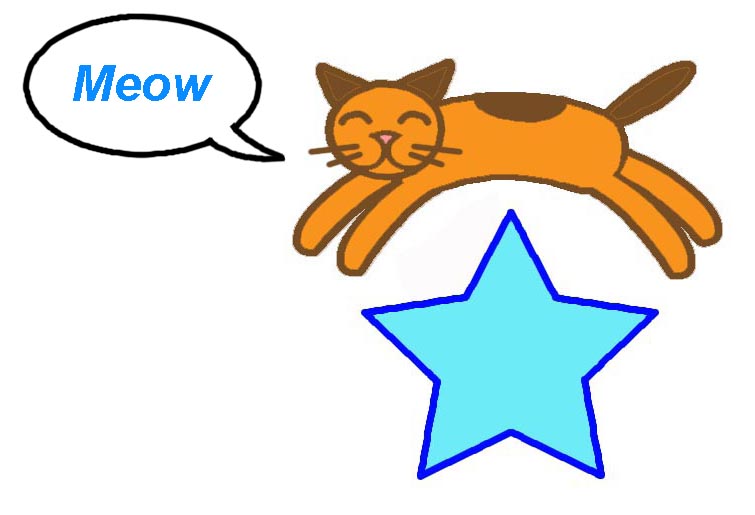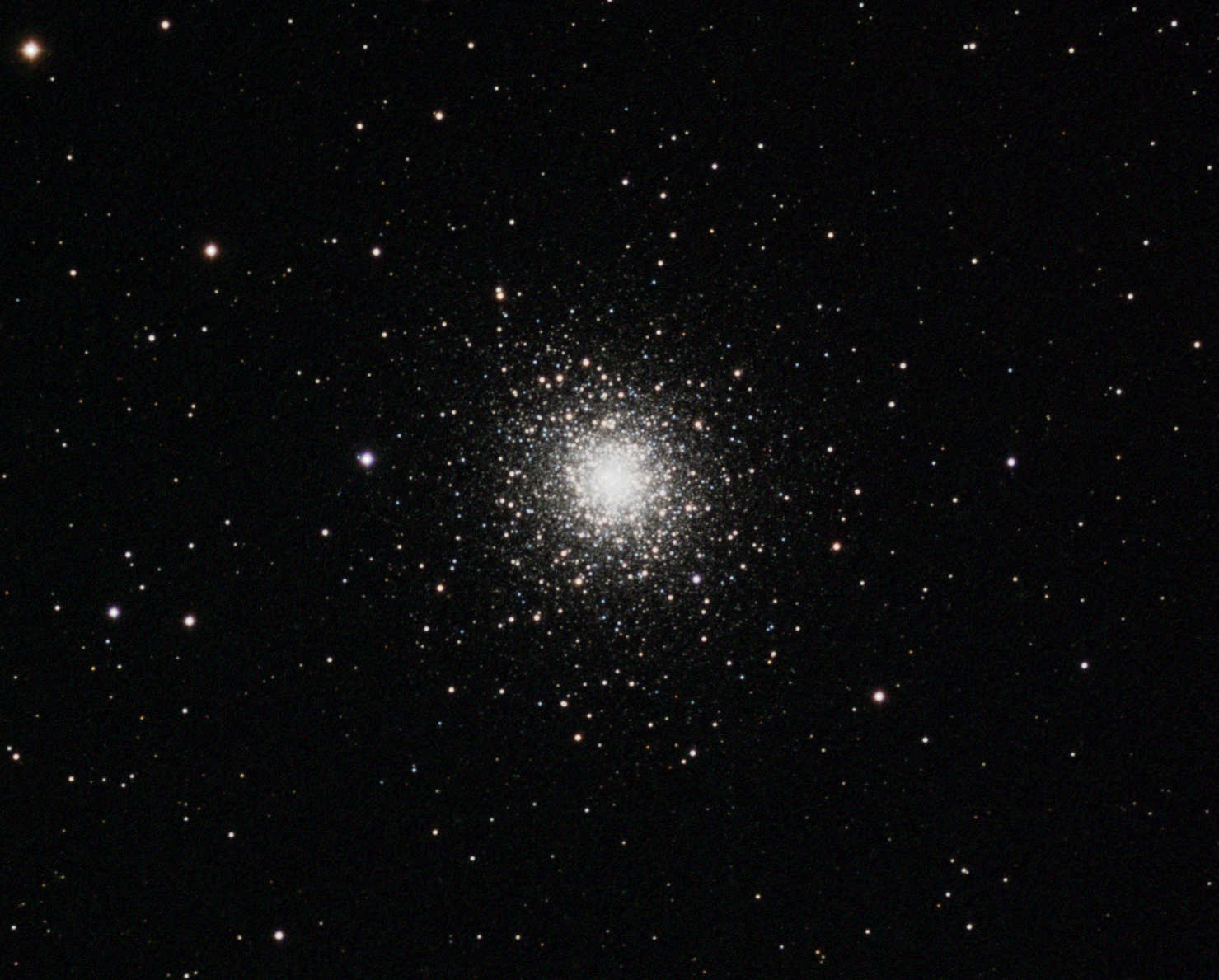
 | SOCO Blog |
27 May 2015
CONTRASTING CLUSTERS
Summer is approaching, and that means that the stream of the Milky Way will soon be rising in the eastern sky. While the spring sky was a showcase of galaxies, the summer sky is the home of those astronomical objects associated with the Milky Way, i.e., nebulas and clusters. Both open clusters and globular clusters tend to concentrate along the stream of the Milky Way due to their physical association with the plane of our galaxy. In this entry, I will give a small "appetizer" to prepare you for for the wonders to come in the summer skies.
There are several very nice late spring (or perhaps early summer) globular clusters visible this month. Along these lines, one usually thinks of M 13, the Great Cluster In Hercules, or perhaps the Omega Centauri Cluster lying low along the southern horizon. In this entry I'll showcase two lesser-known globular clusters and use them to demonstrate that all of these types of objects don't necessarily look the same. These two clusters are M 92 (NGC 6341) and NGC 5897. They are shown in the images below, which were acquired on the same night (25 May 2015). Note that NGC 5897 was not observed by Charles Messier, hence it does not have an "M" number. Lying in the constellation Libra, this cluster was probably too close to the southern horizon for Messier to observe at his location in Paris. M 92 lies just to the north of M 13 in the constellation Hercules, but it is undoubtedly overshadowed by the fame of its neighbor.
While M 92 is not quite as impressive as M 13, the image below shows that it is a splendid object. It exhibits the classic form of a globular cluster— a fiery core of thousands of suns within a halo of surrounding stars, the density of which thins with increasing distance from the cluster center. In contrast, the appearance of NGC 5897 in the image below is quite a bit different from that of M 92 (both of these images were processed the same and cover the same amount of sky). NGC 5897 seems to lack that huge concentration of stars at its center, which almost makes it look more like an open cluster than a globular cluster.

M 92 (NGC 6341) in Hercules

NGC 5897 in Libra
Some physical and visual characteristics of the two clusters are presented in Table 1. Visually, they are about the same size in the sky. However, M 92 (at magnitude 6.5) is much brighter than NGC 5897 (at magnitude 8.6). Under very dark, clear atmospheric conditions, some people have reported seeing M 92 with the naked eye. There's not much chance of that happening with NGC 5897, and I haven't been successful in seeing it using 10 X 50 binoculars. In fact, the overall dimness and low surface brightness of NGC 5897 has led to some people calling it the "Ghost Globular." This name seems fitting when the cluster is viewed in a low-power telescope, where it appears as a seemingly transparent, softly glowing "ghost" version of regular globular clusters like M 92.
As indicated in Table 1, the two clusters are physically about the same size. NGC 5897 is quite a bit farther away from us than M 92, so this could account for some of the difference in brightness. However, the main factor affecting the brightness is the stellar density of the clusters. As shown in the table, M 92 is in globular cluster concentration class 4, while NGC 5897 is in globular cluster concentration class 11. Concentration class ranges from 1 (the highest stellar concentration) to 12 (the lowest stellar concentration). NGC 5897's value of 11 puts it almost at the bottom of this range. So, the lack of stellar density (in particular, the absence of a closely-packed core of stars like in M 92) is the main reason why NGC 5897 is a much dimmer target than M 92. There are a few other examples of loosely packed globular clusters like NGC 5897, most notably NGC 5053 in the constellation Coma Berenices.
Table 1. Some characteristics of M 92 and NGC 5897.
|
While NGC 5897 is not as "grand" an object as M 92, I still like it, maybe because it is different. The constellation Libra doesn't contain much in the way of easily observed deep-sky objects— there's NGC 5897 and a few dim galaxies. So, while maybe not the best deep-sky object, NGC 5897 is the best that Libra can offer.
 Return to SOCO Blog Page
Return to SOCO Blog Page
 Return to SOCO Main Page
Return to SOCO Main Page
Questions or comments? Email SOCO@cat-star.org